How to Distinguish Between City Birds
Many people can easily recognize pigeons, sparrows, or magpies. However, there are more feathered breeds that you can also meet in the city. 5-Minute Crafts will show you how to easily tell them apart.
1. House sparrow
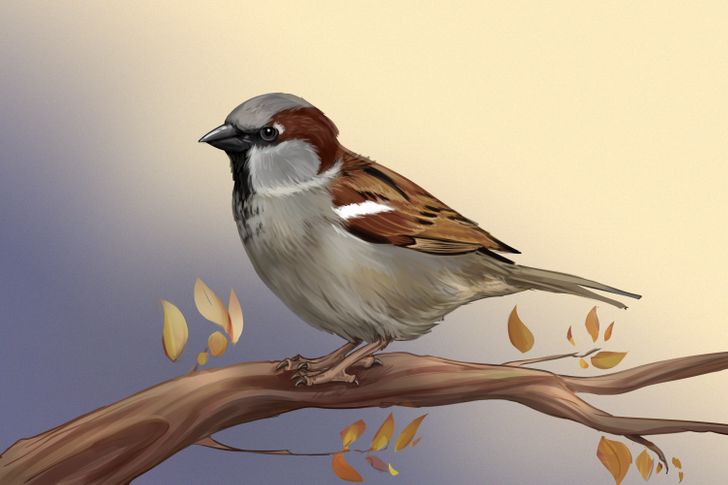
These are extremely common birds that live across most of Europe, the Middle East, Asia, and North America. House sparrows have brows backs, and their chests and caps are grey with black patches on their chins and throats. They usually get into groups and can be found in the bushes or just on your sidewalk.
2. Common starling
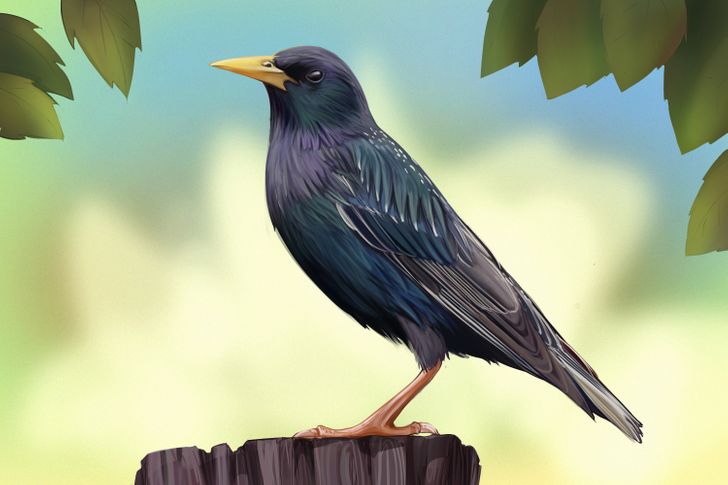
Also called a European starling, this bird can be found in Western and Southern Europe and Southwestern Asia, as well as in Australia, New Zealand, South and North America, Argentina, South Africa, and Fiji. Starlings have yellow bills and black feathers with an oily sheen. Their call has a metallic or even squeaky sound.
3. Feral pigeon
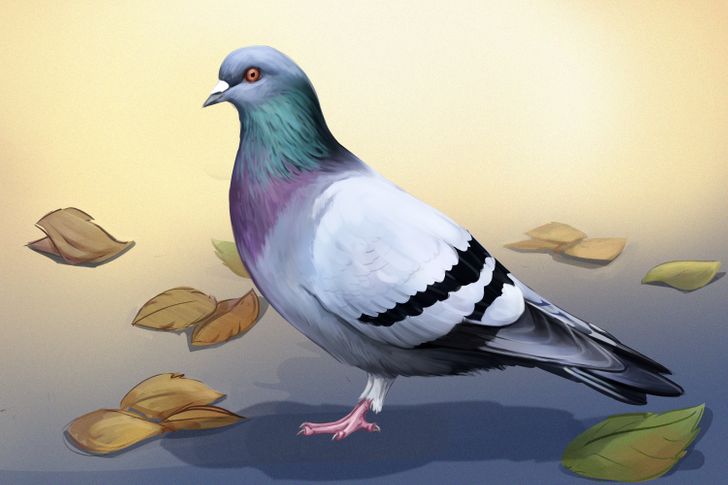
These birds are also called city, town, or street pigeons. They live in urban areas in almost every continent except Antarctica, and their global population is in the millions. Their appearance comes in all shades, from blue, black, or pale grey with dark markings to brick-red, cinnamon-brown, and white.
4. Magpie
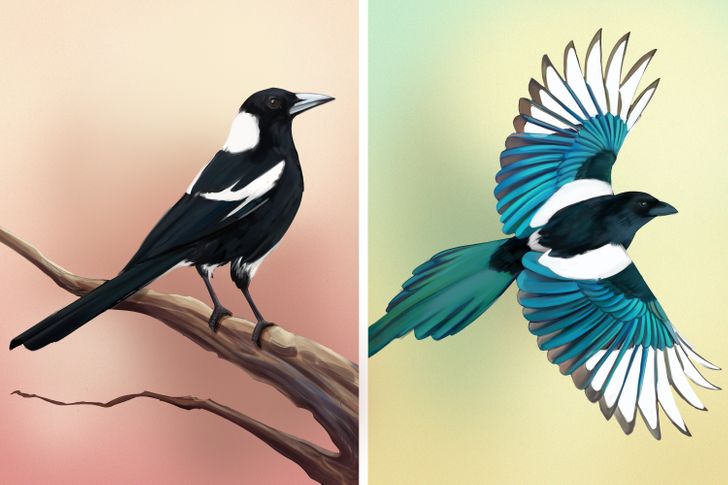
These birds are very intelligent — they’re one of the few non-mammal species that can recognize themselves in a mirror. They can be generally found across Europe, Asia, and North America. Depending on the region, their appearance might change from black and white to vivid green or blue.
5. Robin
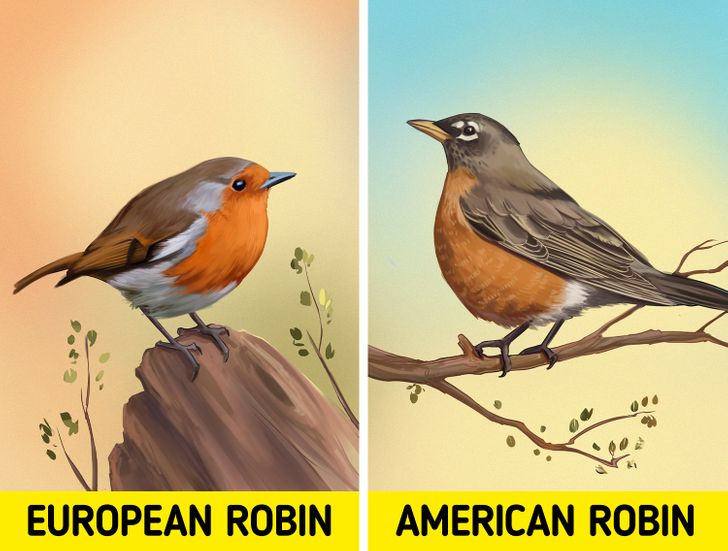
Also known as a European robin, or robin redbreast, this is a small bird with an orange chest, a whitish belly, brown upper parts, and a grey face. Robins can be found across Europe, Western Siberia, and North and South Africa.
🐦 In America, you can find common urban birds, known as American robins. They also look somewhat similar to European robins, as they also have orange patches on their chests. However, these 2 bird species are different from each other because they come from different bird families.
6. Common blackbird
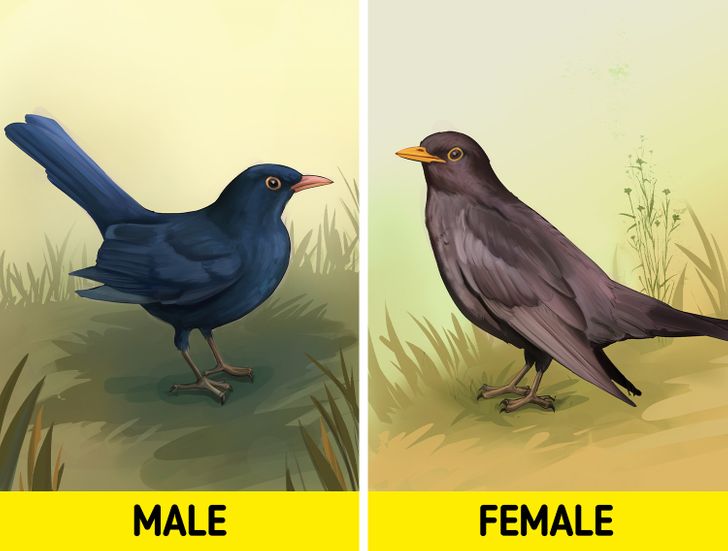
These birds can be found in cultivated land, parks, gardens, and forests across Europe, North Africa, India, Egypt, Southern China, Australia, and New Zealand. Male blackbirds have orange-yellow bills, yellow eye-rings, and glossy black plumage. Female blackbirds are brownish with dull yellow-brown bills, brown-white throats, and spots on their chests.
7. Jay
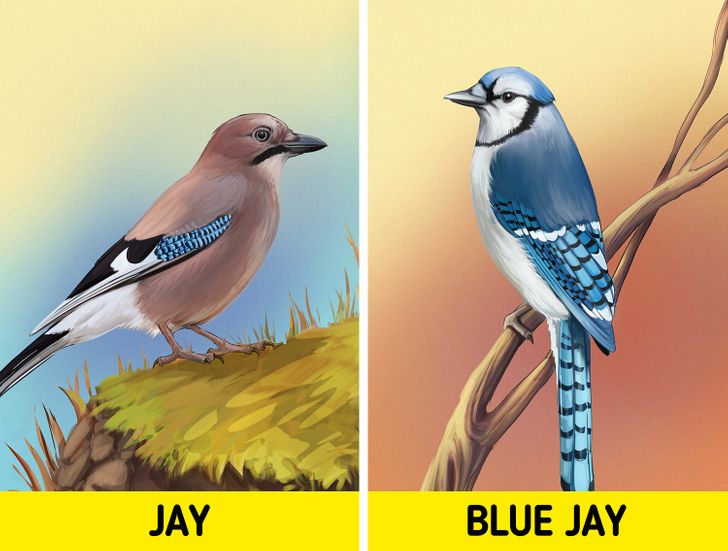
This is a widely dispersed bird from the crow family that lives anywhere from Western Europe to the eastern seaboard of Asia. They’re loud, they chatter, and they have a pinkish-brown appearance with black wings that have white patches. The most striking feature that makes them easy to distinguish from other birds is their bright blue-black striped feathers on the wings.
🐦 In North America and Canada, you can find the blue jay. This bird comes from the same family and has lavender-blue plumage.
8. Urban crow
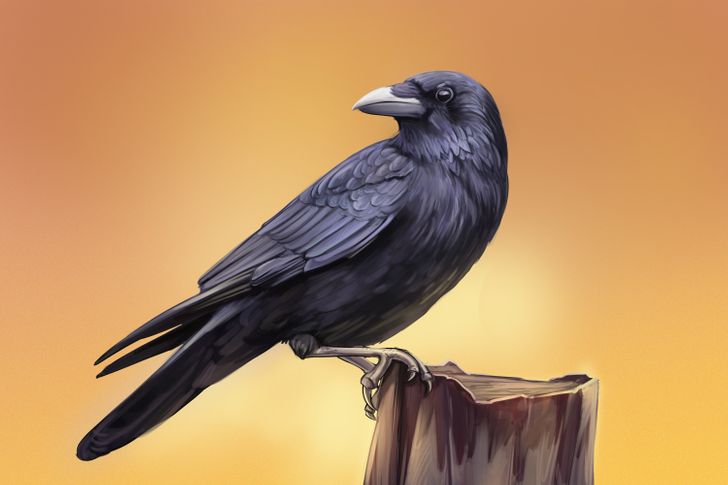
Even though some people might associate crows with negative superstitions, they are actually a very useful part of a city ecosystem. Their habit of eating carrion makes them a natural cleaning team. Urban crows are also easy to recognize — they’re rather large, entirely black birds with long legs and heavy straight bills.
9. Chaffinch
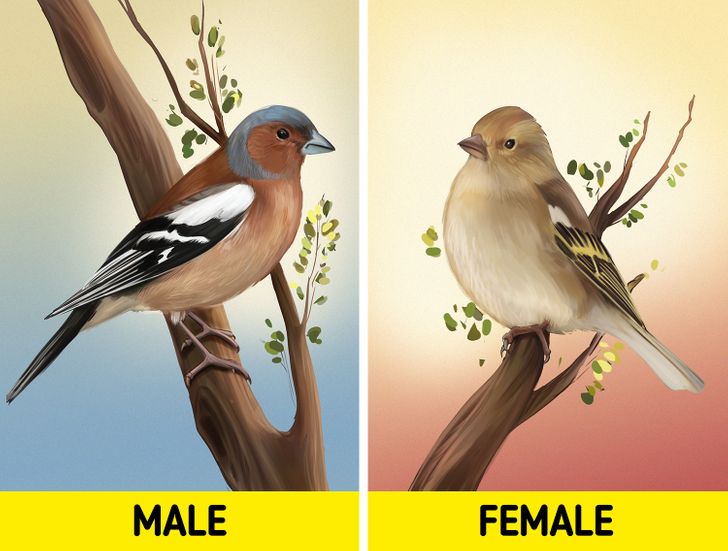
10. Great tit

You can find this bird in urban parks and gardens across Europe, the Middle East, Central Asia, and North Africa. Great tits have black necks and heads, white cheeks, and yellow and olive underparts.
🐦 The Eurasian blue tit is also a very common breeder that’s widely spread throughout Europe and the Western Palearctic. The bright yellow, blue, and green colors of their plumage can instantly grab anyone’s attention.
11. Common swift
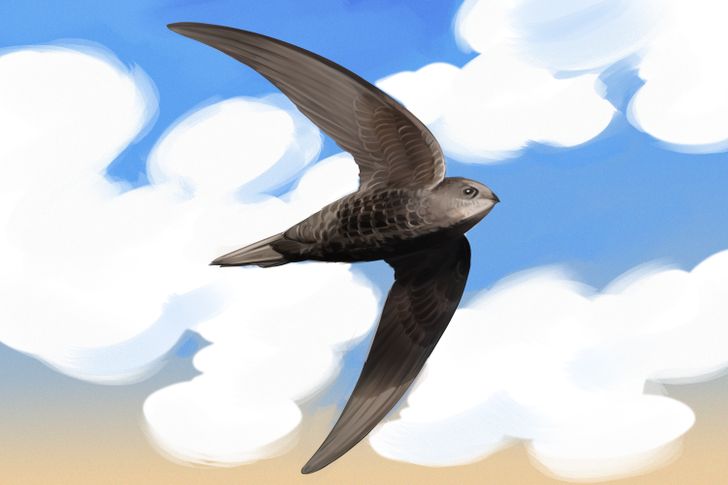
You’ve probably seen their small round nests located under the eaves of old houses and churches. These medium-sized birds don’t like to settle on the ground, as they are vulnerable there. Instead, they use their short legs to cling to vertical surfaces. You can recognize this bird by its long curved wings that resemble a boomerang when in the air. Swifts have all-over brown plumage with pale patches on their throats.
12. Common house martin
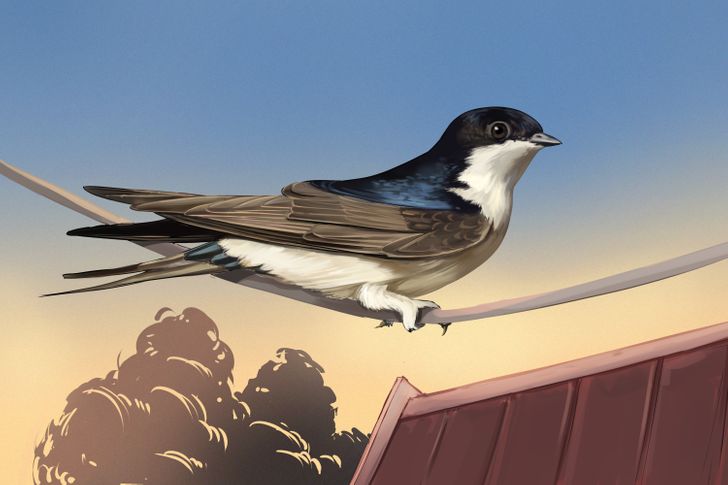
Also called the northern house martin, this bird can be found in Europe, North Africa, and across the Palearctic. To eat, martins catch insects in flight. You can distinguish them by their blue heads and upper body and pure white underparts.